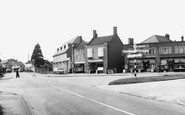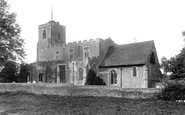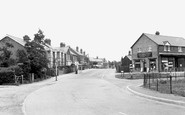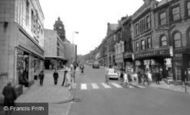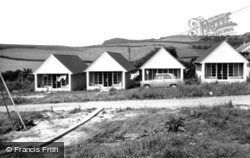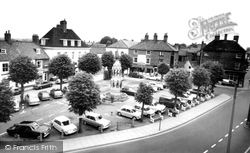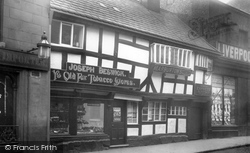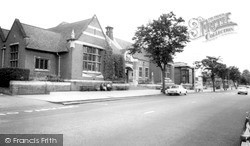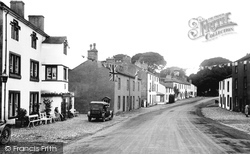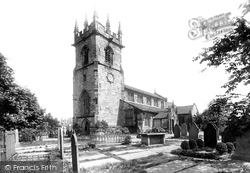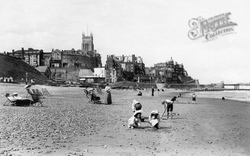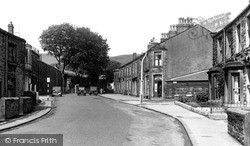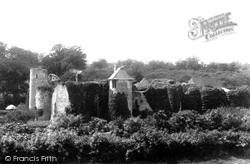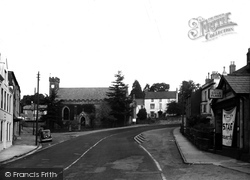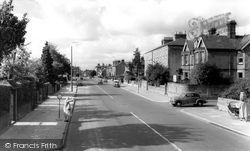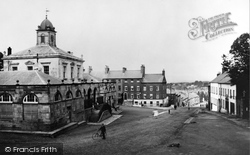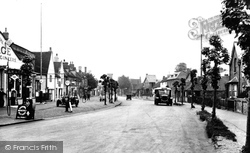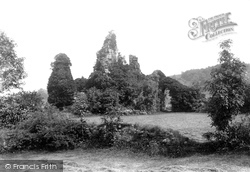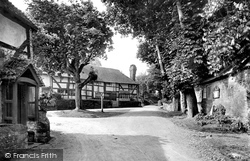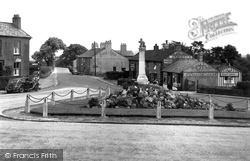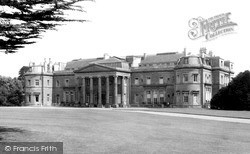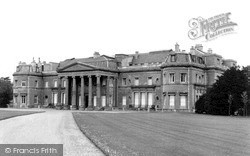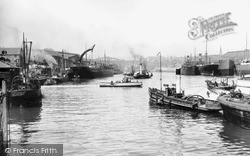Places
4 places found.
Those places high-lighted have photos. All locations may have maps, books and memories.
Photos
6 photos found. Showing results 601 to 6.
Maps
65 maps found.
Books
1 books found. Showing results 721 to 1.
Memories
4,591 memories found. Showing results 301 to 310.
Eastern Dene
Does anybody know anything about the history of Eastern Dene / Western Dene? I was told about the zoo that once stood on the site of the park primary/middle school, but I hear that a battle took place on Eastern/Western Dene. I ...Read more
A memory of Hazlemere in 1979 by
Spurstow
I was born in Spurstow and lived by the crossroads on the A49 and went to the girls' school till I was seven, Miss Bratt was the teacher and lived in Tarporley and came to school on a scooter. Miss Rodgers was the head teacher and she ...Read more
A memory of Spurstow in 1950 by
The Norden Family Of West Wratting And Weston Colville
I have been researching the Norden Family History for my husband's uncle. His mother was born in London and he wondered why she came to live in Weston Colville with relatives. James ...Read more
A memory of West Wratting in 1860 by
Fitba In The Big Park
I was born in Suttislea in Nitten in 1947 but my sister and I emigrated to Gowkshill when I was 2 (I think) and lived at 18 Pentland Avenue till I married Isobel from Bonnyrigg when I was 21. I grew up with the Weighands ...Read more
A memory of Gowkshill by
Before The Town Centre Was Built ...
My family came to Basildon in 1957 as part of the overspill from London. My late father was a toolmaker and was offered a job and a house. Money was tight and we made out own entertainment. Collecting wood from ...Read more
A memory of Basildon in 1957 by
Dyer Weddings
This is not a memory but I wanted to say how lovely it is to find this picture on your page. I am doing my family tree and my Grandad Frank Dyer and many more of my ancestors came from Shalford/Jaspers Green. All of them seem ...Read more
A memory of Shalford by
46 Bridge Road, Cove
46 Bridge Road at Cove is very significant to me because I was born in Bridge Road, no 46, on 29th June 1943, in the photo of Bridge Road it is the second house on the left, opposite Cove Supply Stores, so I'm sure my mother would ...Read more
A memory of Cove in 1943 by
Cooksons Leadworks Part 2
1965. During my time working here I carried out a number of different jobs, one was to make Zinc ingots, my shift would start with my furnace fired up and there next to it would be my "charge" this would be a pile of old ...Read more
A memory of Newburn in 1965 by
Soviet Leaders Visit Sellafield
Bulganin and Khrushchev known then as B & K, visited Sellafield, in 1956 the two Soviet Leaders came to visit the nuclear re-processing plant at Sellafield, I believe they stayed at the Scawfell Hotel in Seascale, they certainly visited the hotel, can anybody else remember this event?
A memory of Seascale in 1956 by
Woolies !
I found this site through a link on another, which had pictures of old buses - http://www.old-bus-photos.co.uk/?cat=51 I commented there on some of the Yorkshire Woollen District Transport fleet, which my dad used to drive. I was born in ...Read more
A memory of Dewsbury in 1974 by
Captions
925 captions found. Showing results 721 to 744.
They came up with 'bungalets', a concept that the planners preferred as an alternative to chalets, a building type from the 1930s whose image was unfashionable.
Sir Joseph came from the nearby village of Revesby, and the plants he brought back from his journey with Captain Cook formed Kew Gardens.
The grandiose scheme came to nothing as the First World War intervened, and the remains of the Old Fox lay rotting in Victoria Park.
It then moved to Silver Street, and finally came to rest here in 1904. The low brick building, with Ketton stone facings, cost £8,000.
The name of the village had an 'e' on the end until the railway company put up their sign spelt 'Gisburn', and the 'e' was forgotten. Here we see the main street.
Technically, Wilmslow was just the parish church and its immediate graveyard, however, the name is now given to the whole of the community.
Personalities like Oscar Wilde, Shackleton, Einstein, Winston Churchill and members of European royal families came here, to name but a few.
This essentially industrial village dating from the 17th and 18th centuries was on a pack horse route, but long before that Bronze Age traders came through.
Further alterations were made by the Wyatt family when it came into their possession in 1493, and Sir Thomas Wyatt, the father of the English sonnet, was born here in 1503.
At the time this photograph was taken, the bend in the road was a notorious accident black spot: here heavily laden lorries often came to grief on the long descent down Blakeney Hill into the village
The Thames and Severn Canal came this way, and the route of the old towpath can still be walked for considerable sections; but it is the pits left by extensive gravel extraction that have been
Hameline de Balun established the first castle here between 1085 and 1138, and it later came into the ownership of William de Braose.
The main employer was Addis, the brush manufacturers, who came to Hertford in the 1920s when they took over the premises of the Hertford Steam Laundry Company.
Further alterations were made by the Wyatt family when it came into their possession in 1493, and Sir Thomas Wyatt, the father of the English sonnet, was born here in 1503.
The big house (the castle) was not yet begun, and it came without a long drive. The two are within sight of each other and complete the picture. There are fine houses loooking on to take their share.
Elihu Yale, founder of Yale University in the USA, came from the Wrexham area (his family was associated with Erddig Hall), and he is buried at St Giles's church.
It then moved to Silver Street, and finally came to rest here in 1904. The low brick building, with Ketton stone facings, cost £8,000.
Up to seven thousand a year came to devour a well-earned tea in one or other of the local hostelries, before returning to the city.
Cistercian monks came from prosperous Fountains Abbey in 1148 to found Sawley, which is three miles from Clitheroe and by the river Ribble.
Motor transport came along with smoother roads, and enabled more journeys to the towns. Railways provided some villages with reliable travel to anywhere in the country.
Hundreds of locals came to see it, and 'tarmacadam' became a huge success.This is the Shirburne's village; it was started by the family to house estate workers, and servants from nearby Stonyhurst,
An additional claim to fame is the fact that the then HRH Princess Elizabeth and HRH The Duke of Edinburgh spent part of their honeymoon here in 1947.
An additional claim to fame is that the-then HRH Princess Elizabeth (later Queen Elizabeth II) and HRH The Duke of Edinburgh spent part of their honeymoon here in 1947.
650 years of shipbuilding on the Wear came to an end with the closure of North East Shipbuilder's Southwick yard in 1989.
Places (4)
Photos (6)
Memories (4591)
Books (1)
Maps (65)

